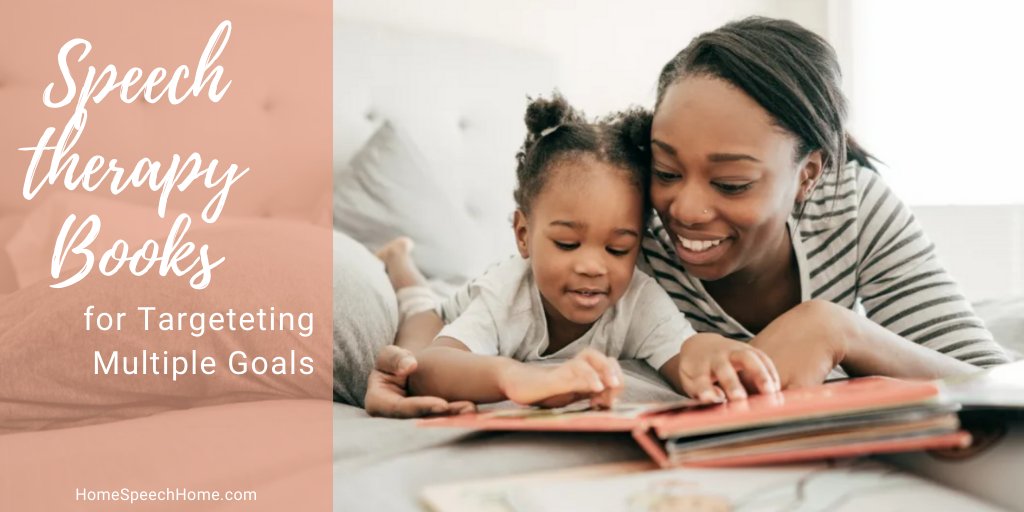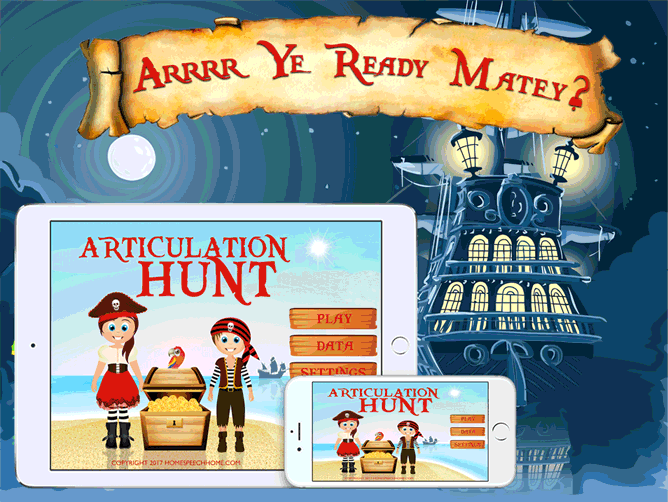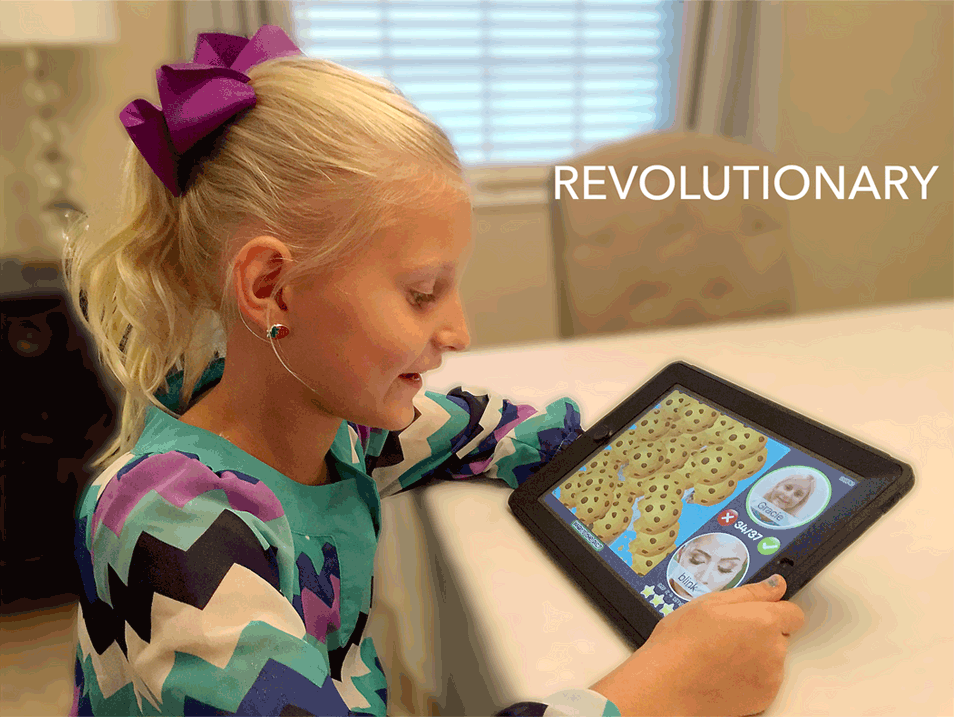Following Directions Activities that Anyone Can Learn From
You know the age old saying, “Do as I say, not as I do?”
Forget that! (It’s meant for parents anyway.) In these following directions activities you can ask the kids to both do as you say and do as you do.
Wait… now I am tongue tied.
Ahhh, just read on.
Before every therapy session, remind your students what it means to follow directions and why it is important.
My first grader was having difficulty following directions in class and it’s amazing how far he came when I reminded him every day to “listen closely” and “watch his teacher with his eyes.”
Understanding the importance of following directions is the first step!
Explore Our Goal Reaching, Client Centered Products
1. Group Game
Have the children sit in a circle.
Each child will get a slip of paper with a direction written on it. The catch is that they can ONLY follow their direction after another child completes theirs. So they must be paying close attention!
If you only have five kids, you can use any five directions but they must be in subsequent order for the game to work.
Print these directions and pass them out randomly.
This activity would be great to use in larger groups and can also be sent home for the children to play with their families.
To make it even more complicated, you could give each student two directions so they are having to pay close attention to TWO different actions at once. This would also be a great game for kids with attention goals!
LEADER (SLP, TEACHER, PARENT) BEGINS: Run in place.
After someone runs in place, stand up and jump three times.
After someone jumps three times, stand up and spin around twice.
After someone spins around twice, stand up and stomp your feet.
After someone stomps their feet, stand up and shout your name.
After someone shouts their name, stand up and flap like a chicken.
After someone flaps like a chicken, stand up and bark like a dog.
After someone barks like a dog, stand up and whip your hair back and forth.
After someone whips their hair back and forth, stand up and clap your hands.
After someone claps their hands, stand up and take a bow.
After someone takes a bow, stand up and say “THE END!”
2. Teacher Says
Just like you would play Simon Says, you can play “Teacher Says!”
Word Vault Pro has made this game REALLLLLY easy for you!
You stand facing the children with the app opened to the Following Directions screen. Here you can chose 1 step, 2 step, 3 step or 4 step directions, as well as chose between adult or child directions.
(I practiced doing the adult 4-step directions all by myself tonight and I must admit it was challenging and fun. Glad someone didn’t walk in while I was saying actors names and patting my head!)
The app also allows you to take data while you play.
With the list of your targeted directions in your hand, you can say “Teacher Says _______.”
Try to catch them doing an action when you don’t say “Teacher Says” first!
3. Ordering Objects
Materials: Red, Blue, Yellow and Green Crayon
Line up the crayons on the table in front of the student.
Ask them to manipulate the crayons based on your directions.
For one step directions, say simple things like “Move the blue crayon.” “Touch the red crayon.” or ask them to make shapes such as “Make a T using the crayons.”
For two step directions, you might say “Move the green crayon to the front.” “Move the yellow crayon to second place.” “Move the crayon in first place to third place.”
You can get as advanced as you want, saying things like “Move the green crayon to third place and the last crayon to first place.”
SEE ALSO: The Best Free App for Speech Therapy
4. Real Life Practice
Children who have difficulty following directions will often become lost during class-guided activities throughout the school day.
This can be overwhelming and cause them to fall further behind.
If you have children in your caseload that are having difficulty following directions in context, it is very important to make the teacher aware of this.
Have the child moved to the front of the classroom and ask the teacher to give them subtle reminders and extra cues about tasks throughout the day.
It is important to practice following directions in a classroom setting.
Role play teacher/student with them in the therapy room.
You can pretend to be the teacher first, and do real-life tasks that they may encounter throughout the day. You can also give the child the list of instructions and they can pretend to be YOUR teacher.
Sometimes switching roles is really beneficial; it allows the child to see things from the teacher's perspective.
You can even pretend to be a student that isn’t following the directions and have them encourage and remind you.
Below is a list of things that a teacher might ask of a student. Practice having them follow your directions as you move at a teacher’s pace.
- Take a pencil from your backpack and sharpen it. Then write your name at the top of the page.
- Get a yellow, red, and blue crayon from the crayola box. Draw your favorite bug using those colors.
- Fold your paper in half the long way, and then fold it in half again. Write your first and last name on the front of the folded paper.
- Take the paper you have been working on and put it in your backpack. Then come back to your table and wait quietly. I don’t want anything on your desk.
- Number your paper 1-5. Write five words beginning with /b/. Then bring your paper to me.
You can add to/change this list of instructions to make it appropriate for your students.
This is a generic list I made for 1st grade on up.
This type of therapy for following directions would be easy to incorporate into other therapies for articulation, language, etc.
You can say something like “Take the list of /r/ words from your back back and read the first ten out loud.”
This way you are addressing following directions in context as well as addressing other therapy the child needs.
It’s great to incorporate REAL LIFE therapy.
5. Worksheet Games
For following directions, I do love worksheets. Because that is what our students are doing throughout their day!
Below I have found some really great worksheets to practice following directions.
Try not to help your students much when doing these worksheets. Prompt them to read the directions and repeat what you said if they need help.
This would be good for very young children...just simple worksheets that say “circle the shortest, circle the tallest.”
I would probably cut each picture out and ask them individually so they had to listen to my direction. I would interchange using tallest, shortest, and medium sized.
This is a really fun game based on process of elimination. The child has to guess the final remaining animal after all your clues.
I suggest getting a bunch of pennies or plastic chips and have the children listen to your description and then cover each animal as it is eliminated.
This is all about following directions based on placement and color as the child colors the ice cream scoops. It's simple but a great 2-step direction worksheet.
And I just included this because I thought it was funny...made me chuckle.
It may be a good worksheet to use with students in middle school or high school. If nothing else it proves a point...be thorough when reading instructions!!
SEE ALSO: The Best Books for Speech Therapy Practice
6. Following Directions Drill
Home Speech Home has hundreds of directions already written up for you.
Pull out your favorite board game; Chutes and Ladders, Candy Land, you can even just do a basic bean bag toss into the ol’ garbage can.
Anything that will motivate your students to listen carefully to your directions.
As you play your game have the child earn their move by answering / following 3-5 of your directions.
This is a pretty fast pace way to get through a lot of material in a short amount of time while keeping your students motivated.
Home Speech Home is your one-stop resource for any and all lists when you need quick and thorough therapy ideas!
Now follow my directions...Pat yourself on the back, get yourself a treat, and remind yourself that you are an EXCELLENT human being!
Thanks for reading!

About the Author
Lindsey is an M.S. CCC-SLP from Salt Lake City, UT. She received both her B.S. and M.S. from Utah State University. When she's not chasing her 5 crazy kids around, she enjoys creating engaging speech therapy ideas and materials. Read More
Freebies, Activities, and Specials, Oh My!
Sign up for Terrific Therapy Activity Emails
Your information is 100% private & never shared.





























